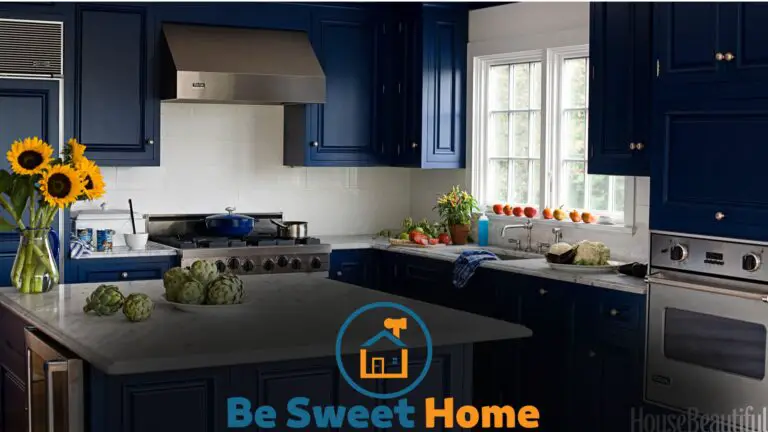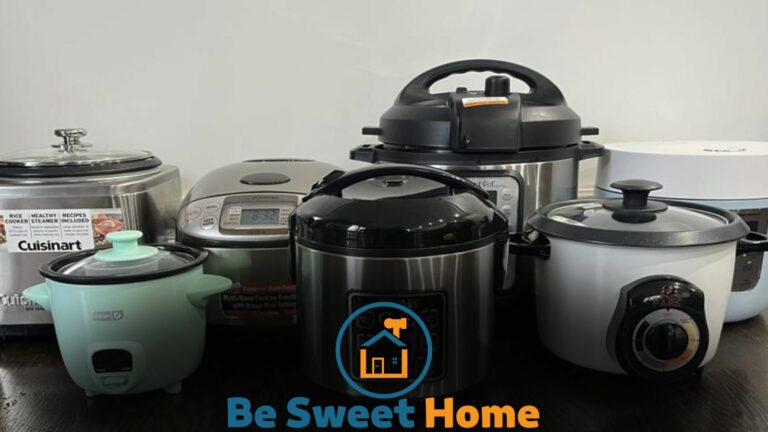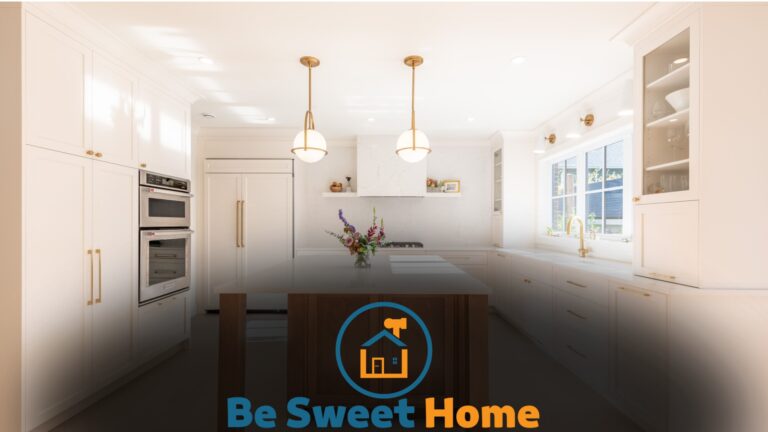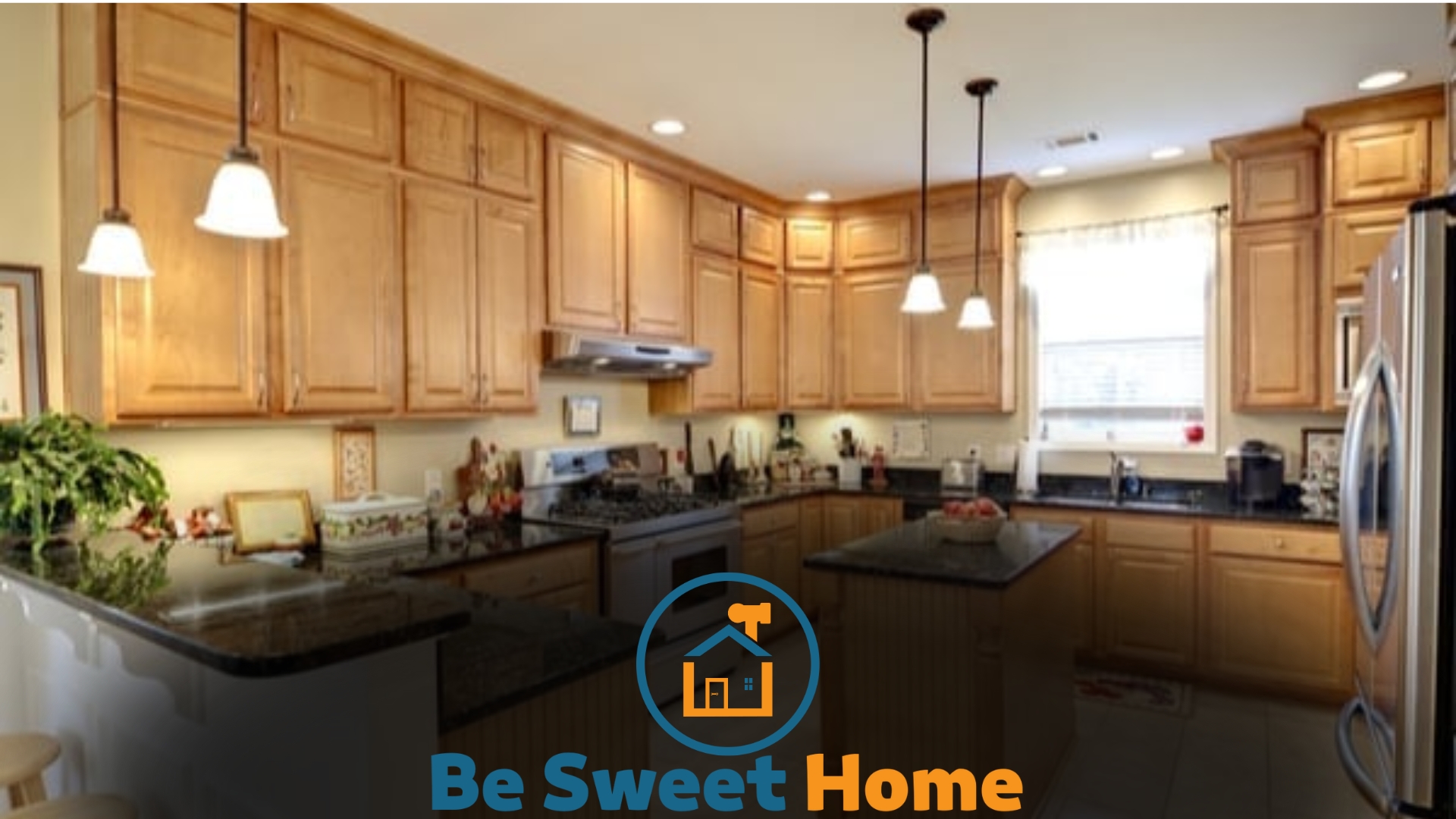

Kitchen cabinets should generally be replaced every 15 to 20 years. Their lifespan depends on the material quality and maintenance.
Replacing kitchen cabinets is a significant part of maintaining a functional and aesthetically pleasing kitchen. Over time, cabinets can suffer from wear and tear, leading to a dull appearance and compromised structure.
A fresh set of cabinets rejuvenates your kitchen’s look, ensuring safety and improving usability.
Homeowners must watch for signs of deterioration, such as sagging shelves, stubborn drawers, and creaking hinges, indicating a replacement is due.
This task can be a substantial investment, so choosing durable materials and professional installation is crucial to extending the life of your new cabinets.
By keeping abreast of the latest cabinet trends and innovations, you can make an informed decision that enhances your kitchen’s functionality and overall home value.
The Lifespan of Kitchen Cabinets
Kitchen cabinets play a pivotal role in the functionality and aesthetics of one’s kitchen. How often they need replacing depends on several factors.
Generally, well-constructed cabinets can last anywhere from 10 to 50 years. Various elements contribute to their lifespan, ranging from the material used to the usage level.
Standard Durability Factors
Determining how long your cabinets will last requires an understanding of the Standard Durability Factors that influence their longevity:
- Construction quality: Solid wood, plywood, and high-grade MDF are known for their durability.
- Material composition: The type of hardware, such as hinges and drawer runners, affects life expectancy.
- Care and maintenance: Regular cleaning and upkeep can significantly extend your cabinets’ life.
- Usage frequency: The more often cabinets are used, the quicker they may show signs of aging.
Signs of Wear and Tear
Cabinets show various Signs of Wear and Tear that indicate it might be time for a replacement:
| Signs | Examples |
|---|---|
| Visual Damage | Chipped paint, scratches, or discoloration. |
| Structural Issues | Loose hinges, sagging shelves, or doors that won’t close. |
| Functionality Problems | Drawers that stick or don’t slide easily. |
| Moisture Damage | Soft spots, warping, or mold growth. |
Cabinet longevity is thus not a set number but a combination of factors and maintenance habits. Recognizing these indicators helps homeowners decide when it is time for an upgrade.
Assessing Your Kitchen’s Needs
Understanding when to replace kitchen cabinets is crucial to maintaining a functional and stylish home space.
Assessing your kitchen’s specific needs allows for a strategic approach to renovations. This ensures the heart of your home remains both inviting and practical.
Evaluating Current Cabinet Functionality
The lifespan of your kitchen cabinetry hinges on its daily performance. Start by asking basic questions:
- Do doors and drawers open smoothly?
- Is there visible damage or wear?
- Do you struggle with storage space?
- Are the shelves sturdy and well-adjusted?
Cabinets that fail these checks might need immediate attention. Signs of moisture damage, wood warping, or persistent odors also indicate replacement time.
Considering Design and Aesthetic Trends
Trends in design can signify the need for an update. While functionality is paramount, the look and feel of your cabinets also impact your kitchen’s overall appeal.
| Current Trend | Your Kitchen |
|---|---|
| Clean Lines and Minimalism | Are your cabinets outdated or cluttered? |
| Smart Storage Solutions | Do you lack modern organizers or pull-outs? |
| Eco-friendly Materials | Is your cabinetry made from non-sustainable resources? |
Harmonizing your cabinets with current trends can breathe new life into your kitchen. Consider whether your cabinets reflect today’s style preferences. This can greatly enhance your home’s overall value.
Material Consideration and Longevity
When planning a kitchen revamp, material choices dictate cabinet durability. Different materials offer distinct aesthetics and impact how long your cabinets will last before needing replacement.
This section delves into the intricacies of cabinet materials and their longevity.
Hardwood vs. Engineered Wood
Hardwood cabinets boast a reputation for endurance. Woods like oak, maple, and cherry are top picks for their dense, non-porous nature, making them less susceptible to moisture damage. With proper care, these can last several decades.
Engineered wood, like plywood or MDF (Medium Density Fiberboard), offers a cost-effective alternative.
Though not as robust as hardwood, they provide stability and resist warping. Their lifespan can extend to 15-20 years with regular maintenance.
The Impact of Material Quality on Cabinet Life
The grade of material plays a vital role in cabinet life. Higher-quality woods and finishes resist wear and tear better, pushing back the need for replacements.
Low-quality materials might show signs of age quickly, necessitating sooner updates.
| Material | Qualities | Lifespan |
|---|---|---|
| Hardwood | Durable, moisture-resistant | 30+ years |
| Engineered Wood | Cost-effective, stable | 15-20 years |
| Low-Quality Material | Prone to damage, less durable | 5-10 years |
Invest in high-quality materials to ensure a longer lifespan for your kitchen cabinets. These stand the test of time and support your home’s value.
The Role of Maintenance in Cabinet Lifespan
Kitchen cabinets are big players in your kitchen’s look and functionality. Like all good things, they last longer with proper care. Let’s explore how maintenance makes a difference in their lifespan.
Regular Cleaning and Care
Keeping cabinets in top shape involves regular cleaning. Dust, spills, and grease can wear down surfaces over time.
Here’s a simple routine to follow:
- Dust weekly: Use a soft cloth to remove dust.
- Clean spills immediately: Avoid stains and damage.
- Use gentle cleaners: Harsh chemicals can harm finishes.
- Polish surfaces: Use cabinet-friendly polish every few months.
Consistent care helps preserve cabinet appearance and function.
Preventing Moisture Damage
Moisture is a cabinet’s enemy. It causes warping and mold. Take these preventive measures to protect them:
| Action | Benefit |
|---|---|
| Use exhaust fans | Reduces humidity |
| Fix leaks quickly | Stops moisture buildup |
| Line sink cabinets | Guards against spills |
| Avoid hanging wet towels | Prevents water exposure |
Diligent maintenance can dramatically extend cabinet lifespan.
When To Opt for Refacing Over Replacing
Deciding whether to reface or replace kitchen cabinets can be tough. Cabinets form the backbone of your kitchen’s style and functionality.
When they show signs of wear, should you give them a full overhaul or just a facelift? Understanding when to choose refacing over replacing is crucial.
Cosmetic Updates vs. Full Replacement
Not every kitchen needs a complete set of new cabinets. Look closely at your current setup. Are the cabinet boxes solid and functional? Is it primarily the external appearance that needs a refresh? When the structure is sound, cosmetic updates might be enough.
Bold colors, updated hardware, and a modern finish can transform the look of your kitchen at a lower cost and with less disruption than a full replacement.
The Costs and Benefits of Cabinet Refacing
Refacing involves replacing door and drawer fronts while keeping cabinet boxes intact. It’s friendlier to your budget compared to buying completely new cabinets.
Here’s a quick breakdown:
| Refacing | Replacement |
|---|---|
| Lower cost | Higher cost |
| Less time needed | More time for installation |
| Eco-friendly | More waste produced |
| Many design options | Complete customization |
- Quick turnaround: Get your kitchen up and running in less time.
- Sustainability: Refacing is a green choice. Avoid adding to the landfill.
- Variety: Endless materials and styles to suit your kitchen’s theme.
- Value increase: Boost your home’s value without the hefty investment.
Refacing can be a smart option for those wanting an updated kitchen without the expense or hassle of total replacement.
It’s a compromise that pays off in cost savings, style upgrades, and efficiency.
Navigating the Replacement Process
Embarking on a kitchen cabinet upgrade can transform the heart of your home. Crucial to this journey is grasping the steps involved.
Decisions made on budget, timing, and professionals impact the successful completion of your project.
Let’s explore how to navigate these waters for a smooth kitchen makeover.
Planning for Budget and Time
Every cabinet replacement begins with two essential elements: budget and time. Crafting a plan keeps expenses in check and schedules on track. Consider these tips:
- Review finances to set a realistic spending limit.
- Analyze various materials and styles for cost differences.
- Factor in labor costs plus any unexpected expenses.
- Allocate extra funds for a safety net.
- Establish a timeline that works with your daily routine.
Choosing the Right Professionals
Selecting the team to bring your vision to life is a critical step. Trust only skilled professionals. Follow this guide:
- Seek referrals or read reviews for reputable craftsmen.
- Request portfolios to assess the quality of their work.
- Verify licenses, insurance, and certifications.
- Discuss your project’s scope and get detailed estimates.
- Communicate your expectations and preferences.
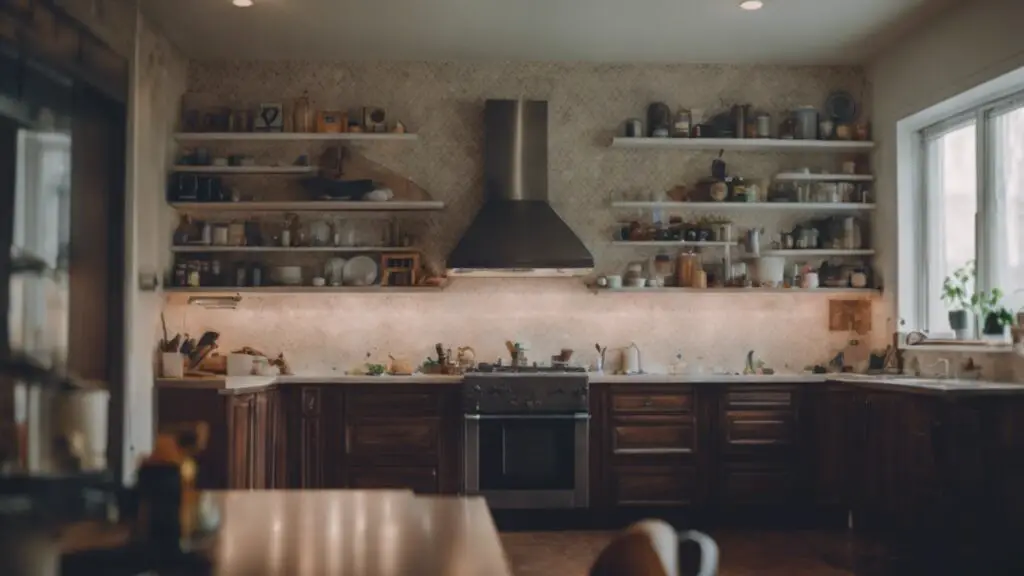

Frequently Asked Questions
What is the Typical Lifespan of Kitchen Cabinets?
Kitchen cabinets generally last 10 to 15 years before needing replacement, depending on material quality and usage.
How Do I Know When To Replace Cabinets?
Replace kitchen cabinets if you notice significant damage, sagging shelves, dysfunctional doors, or outdated design that affects functionality.
Can Repainting Extend Cabinet Lifespan?
Yes, repainting cabinets can refresh their appearance and extend their lifespan, provided the structure is still sound and sturdy.
What Factors Affect Cabinet Durability?
Cabinet durability is influenced by material, construction quality, maintenance frequency, and the level of kitchen activity and humidity.
Is Replacing Kitchen Cabinets a Good Investment?
Replacing kitchen cabinets can greatly enhance your kitchen’s appeal and functionality, often increasing your home’s overall market value.
Conclusion
Determining when to replace kitchen cabinets hinges on usage and wear signs. Aim for a refresh when functionality wanes, or styles evolve.
Remember, well-tended cabinets can last decades. Assess yours periodically for a timely update. Embarking on a renovation journey?
Seek expert advice to maximize your investment and kitchen appeal.

